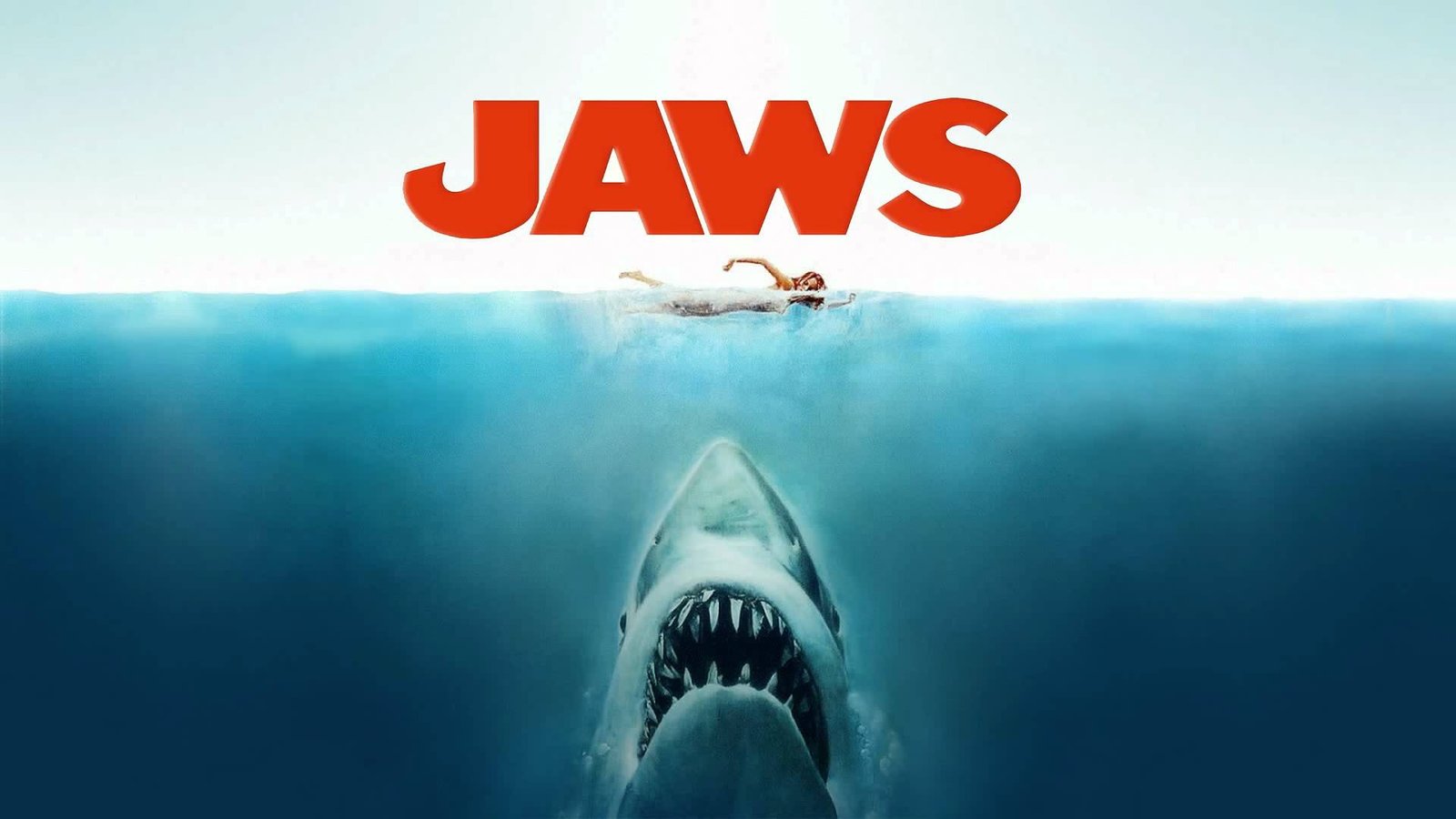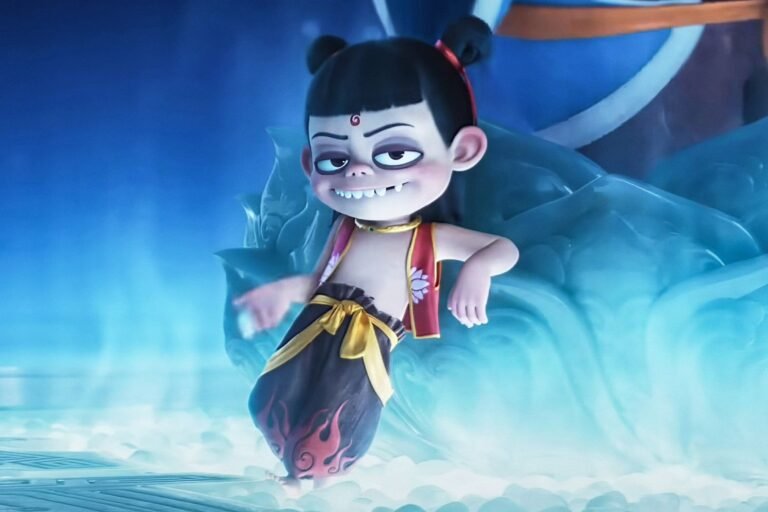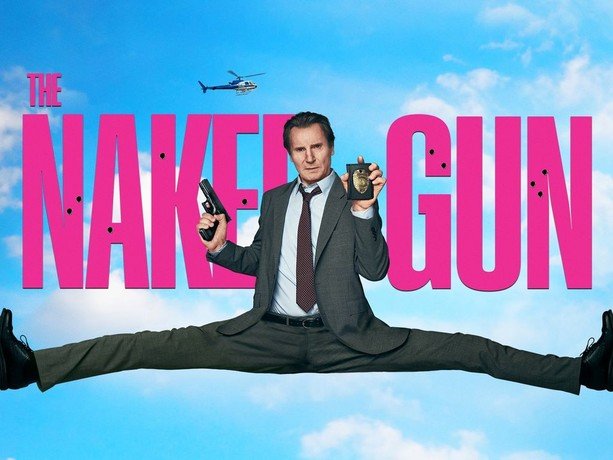
In the summer of 1975, a cinematic phenomenon was unleashed upon the world. Steven Spielberg’s Jaws, based on the bestselling novel by Peter Benchley, captivated audiences and forever changed the landscape of Hollywood. As the film celebrates its 50th anniversary, it’s the perfect time to dive deep into the iconic origins and lasting impact of this groundbreaking masterpiece.
The story of Jaws began not on the silver screen, but on the printed page. In 1974, Benchley’s novel hit the shelves and quickly became a sensation, captivating readers with its thrilling tale of a small beach town terrorized by a massive great white shark. The book’s success immediately caught the attention of Hollywood, with several studios vying for the rights to adapt it into a film.
Universal Pictures ultimately emerged victorious, acquiring the rights and setting out to bring Benchley’s chilling story to life. However, the path to the big screen was anything but smooth. The studio initially considered hiring established directors like John Sturges, hoping to lend the project a sense of credibility and draw in a larger audience. But fate had other plans, as a young, up-and-coming filmmaker named Steven Spielberg would soon enter the picture.
Spielberg’s Unexpected Rise to Greatness
Spielberg, fresh off the success of his 1971 TV movie Duel, had expressed interest in directing Jaws from the outset. However, the studio was initially hesitant to entrust such a high-profile project to a relatively inexperienced director. It wasn’t until another potential director, Dick Richards, stumbled through a disastrous meeting with Universal executives that Spielberg’s name was reconsidered.
As recounted in the book Steven Spielberg: The Iconic Filmmaker and His Work, Richards had referred to the film as “the killer whale movie,” much to the confusion of the studio heads. After this misstep, Spielberg’s enthusiasm and vision for the project convinced Universal to take a chance on the young director.
Spielberg’s initial hesitation to take on Jaws is understandable. He was concerned about being pigeonholed as “the shark movie guy” and wanted to prove his versatility as a filmmaker. However, as he delved deeper into the project, Spielberg recognized the immense potential of Benchley’s story and the opportunity to create something truly groundbreaking.
Overcoming Challenges and Embracing the Power of Suggestion
The production of Jaws was not without its challenges. The mechanical shark, affectionately dubbed “Bruce,” proved to be a constant source of frustration, frequently malfunctioning and forcing Spielberg and his team to get creative. Rather than relying solely on the unreliable prop, Spielberg embraced the power of suggestion, limiting the shark’s on-screen presence in the film’s first 80 minutes.
This strategic decision proved to be a masterstroke, as it allowed Spielberg to build tension and suspense through the audience’s imagination. By focusing on the characters’ reactions and the unseen threat of the shark, the director was able to create a palpable sense of dread that permeated the entire film.
Spielberg’s approach to the shark’s portrayal was not just a practical solution to a technical problem; it was a deliberate artistic choice that elevated the film’s horror and suspense elements. As the director himself noted, “The less you see of the shark, the more you’ll be afraid of it.”
The Iconic Trio and the Exploration of Vulnerability
At the heart of Jaws are three distinct characters who represent different approaches to confronting the shark’s threat: Chief Brody (Roy Scheider), the reluctant hero; oceanographer Matt Hooper (Richard Dreyfuss), the confident scientist; and Quint (Robert Shaw), the grizzled, vengeful shark hunter.
Through the interactions and conflicts between these three men, the film explores the theme of human vulnerability in the face of nature’s raw power. Brody, a landlubber thrust into a situation he’s ill-equipped to handle, represents the everyman’s struggle to overcome his fears and protect his community. Hooper’s reliance on technology and scientific knowledge is challenged by the shark’s primal ferocity, while Quint’s single-minded obsession with revenge ultimately leads to his downfall.
The climactic confrontation between the trio and the shark on the high seas is a masterclass in suspense and character development. As the men face off against the massive predator, the film subverts the traditional heroic narrative, showcasing the fragility of the human condition and the devastating consequences of underestimating the shark’s power.
The Enduring Legacy of Jaws
The impact of Jaws on the film industry cannot be overstated. Spielberg’s groundbreaking approach to building tension and suspense, coupled with the film’s commercial success, ushered in a new era of the “blockbuster” movie. Jaws became the highest-grossing film of all time upon its release, a record it held for nearly two years.
Beyond its financial success, Jaws also left an indelible mark on the cultural zeitgeist. The film’s iconic theme music, composed by the legendary John Williams, has become synonymous with the threat of the unknown, instantly recognizable to audiences worldwide. The “Spielberg face,” a close-up shot of a character’s expression during a moment of decision or revelation, has become a hallmark of the director’s style, and Jaws is a prime example of its effective use.
But perhaps the most lasting legacy of Jaws is its ability to tap into our primal fears and anxieties. The film’s exploration of the fragility of human existence in the face of nature’s raw power resonates with audiences even today. The shark, a symbol of the untamed wilderness, serves as a metaphor for the unpredictable and uncontrollable forces that threaten our sense of safety and security.
Celebrating 50 Years of Jaws
As Jaws celebrates its 50th anniversary, the film’s enduring legacy continues to captivate audiences and inspire filmmakers. Spielberg’s masterful storytelling, combined with the film’s iconic characters, unforgettable score, and timeless themes, have cemented its place as one of the greatest cinematic achievements of all time.
For those eager to delve deeper into the world of Jaws and the legendary career of Steven Spielberg, the book Steven Spielberg: Iconic Filmmaker and His Work is a must-read. Authored by Ian Nathan, this comprehensive volume explores Spielberg’s filmography, including the making of Jaws, and offers a rich tapestry of insights and behind-the-scenes stories that will delight any cinephile.
Whether you’re a longtime fan of Jaws or discovering the film for the first time, its enduring power and influence are undeniable. As we celebrate this cinematic milestone, let us revel in the timeless thrills, the unforgettable characters, and the enduring legacy of one of the most iconic films in motion picture history.



